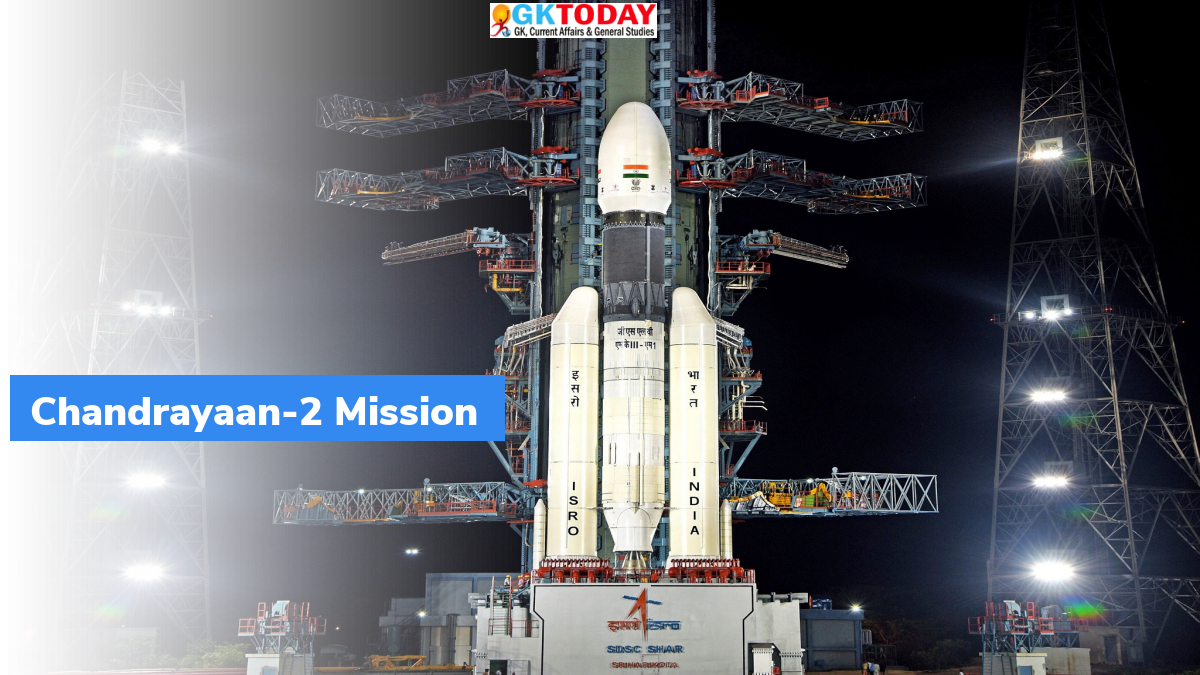Chandrayaan-2: Detection of Solar Proton Events
‘Chandrayaan-2 Large Area Soft X-ray Spectrometer (CLASS)’ payload of Chandrayaan-2 Orbiter detected solar proton events recently.
Highlights
- The Solar Proton Events significantly increase the radiation exposure to humans in space.
- CLASS Payload also recorded coronal mass ejections (CMEs), on January 18, 2022.
- Such multi-point observations help astronomers in understanding the propagation and its impact on different planetary systems.
What are Coronal Mass Ejections (CMEs)?
Coronal Mass Ejections are a powerful stream of ionised material and magnetic fields, that reach the Earth a few days later. It led to geomagnetic storms and lighting up of polar sky with auroras.
When does solar flares occur?
When the sun is active, spectacular eruptions occur which are called as solar flares. Such incident sometimes also spews out energetic particles into interplanetary space, which are called as solar proton events. Most of these flares are high energy protons, impacting space systems and significantly increasing radiation exposure to humans in space. Solar proton events cause ionisation on large scales in middle atmosphere of the Earth.
Classification of Solar flares
Solar flares are classified in accordance with their strength. The smallest ones are A-class, which is followed by B, C, M and X. Each letter represents a 10-time increase in energy output. Thus, M class flare is 10 times more intense than C-class flare while 100 times intense than B-class flare. Within each class, there is a finer scale ranging from 1 to 9. M2 flare is double the strength of M1 flare.
M-class solar flares
Recently, there were two M-class solar flares:
- One flare was M5.5- It spewed out energetic particles into interplanetary space
- Second flare was M1.5- It was accompanied by a CME.
CLASS detected SPE due to an M5.5 class solar flare, that occurred on January 20, 2022. It also detected a CME event, while passing through the moon due to an M1.5 class solar flare.
About CLASS
CLASS payload of Chandrayaan-2 measures Moon’s X-ray Fluorescence (XRF) spectra in order to examine the presence of major elements like Aluminium, Magnesium, Calcium, Silicon, Iron, Titanium, and Sodium.
Month: Current Affairs - February, 2022
Category: Science & Technology Current Affairs








